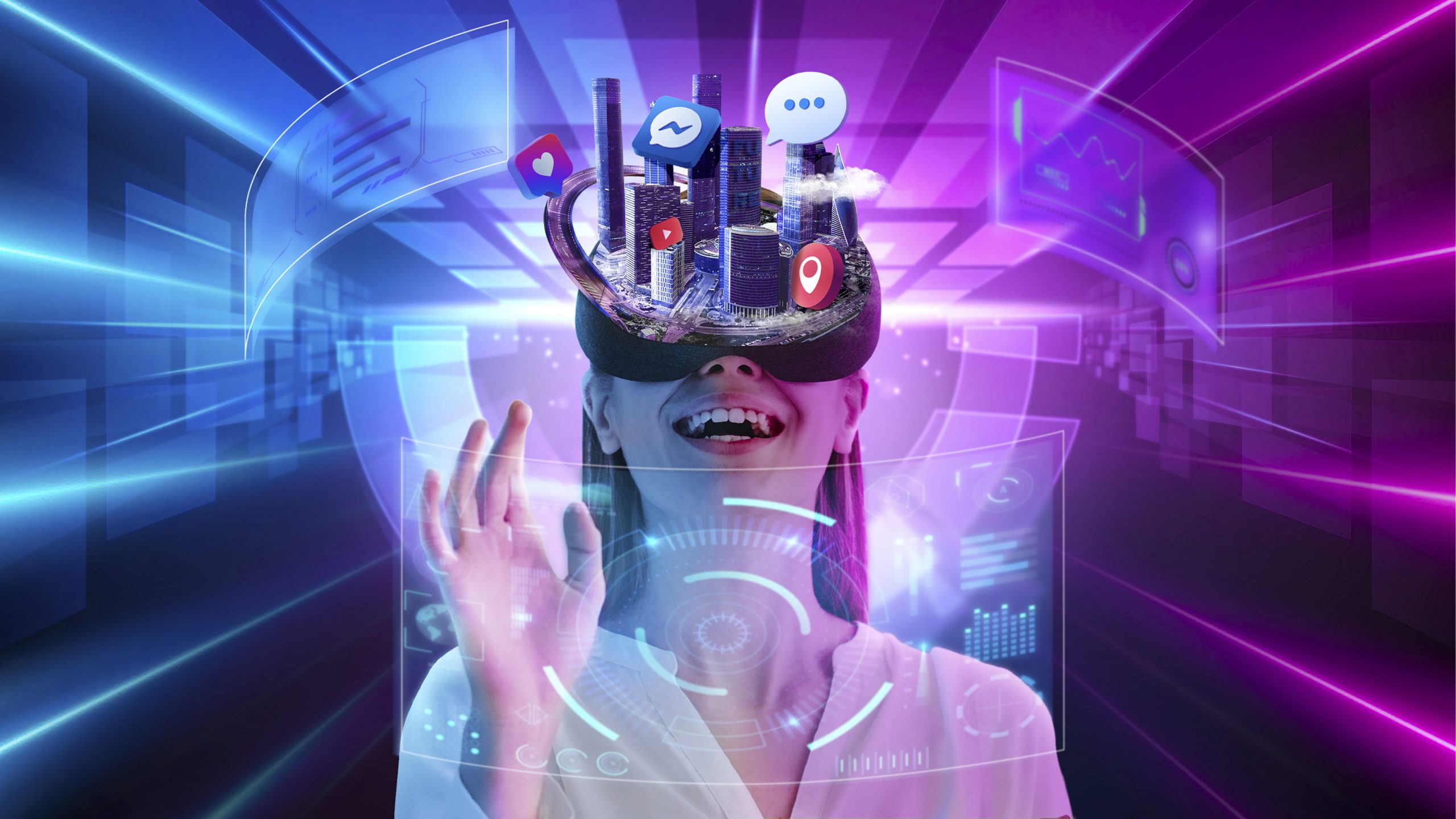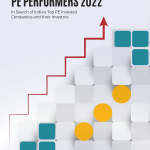
Artificial intelligence is rapidly becoming one of the biggest forces in media and entertainment. If you’re not taking advantage of these opportunities, it’s time to start planning now!
Artificial intelligence (AI) is changing the media industry profoundly, from personalized content recommendations to automated film and television production.
Data suggests that the global market for AI in the media and entertainment sector will increase to $ 8.4 billion in 2023. And by 2024, the worldwide media and entertainment industry is expected to have generated almost $2.6 trillion in revenue!
Netflix is driven by AI that knows precisely what you want to watch and when you want or a virtual reality game that delivers what you want. So, the evidence clearly shows that AI is going to change the media and entertainment industry in a better way!
This post will look at some of the most critical ways the industry is already employing technology to spur innovation and improve the user experience. So, let’s dive in!
AI-assisted Content Creation
AI-assisted content creation is becoming a significant part of digital storytelling, allowing for more intuitive content creation workflows. AI-assisted content creation offers many benefits to the media and entertainment industry, from increased efficiency to improved accuracy. Let’s check some of the benefits!
Production of audio and visual content
AI can make innovative songs by evaluating preexisting music and applying machine learning algorithms to the data. Similarly, AI may analyze preexisting content and utilize machine learning algorithms to generate new, original films and podcasts.
For example, Disney created an artificial intelligence tool that can quickly and easily alter the age of a person’s appearance. It is a considerable benefit as changing an actor’s appearance to make them appear older is time-consuming and costly because it requires artists to review each scene’s frame and make adjustments.
Creating written content
AI can generate original written content, such as news stories and social media postings, by analyzing existing information and applying machine learning algorithms to create new, unique pieces. Thousands of earnings reports and other articles of business news have been generated by using AI. One of the latest examples can be the use of Chat GPT3! Chat GPT 3 can be used to write AI-generated content, and most excitingly, those are persuasive and pretty good!
Production of animation and visual effects
Artificial intelligence (AI) can facilitate making movies and TV shows, visual effects, and animation. Animals in “The Lion King” were created using AI to give lifelike motion and behavior.
So, as such advancements continue to occur in artificial intelligence, production teams can utilize innovative tools that automate various tasks associated with animation development, such as scene layout, motion capture data processing, and 3D character design.
Enhanced AR and VR
MarketsandMarkets predicts that by 2027, the augmented and virtual reality market will be worth $114.5 billion, with the media and entertainment sector playing a significant role in this expansion. These are cutting-edge technologies with the potential to completely transform the media and entertainment industries by giving people access to new levels of immersion and interactivity. By assessing user data and preferences and making necessary adjustments to the content and experiences, AI can be utilized to improve the capabilities of AR and VR applications.
AI-powered content distribution
The media and entertainment business uses AI to tailor content to specific channels and demographics. Companies can now use AI algorithms to identify trends in engagement levels, enabling them to understand their audiences’ preferences better. Let’s see some examples!
Content recommendation and personalization
By analyzing a user’s watching history and interests, AI can make specific suggestions for them to enjoy on various platforms such as streaming services and social media. For example, Netflix uses its proprietary system, which identifies viewer behaviors across its library of titles to create personalized recommendations for each user.
Optimizing Content Transmission
Using machine learning algorithms to forecast demand and enhance streaming quality are two examples of how AI may be used to maximize content delivery to customers. YouTube, for one, uses AI to better provide video to consumers by considering their connection speed and device capabilities.
Personalization of content
The media and entertainment sector is increasingly focused on personalization, with AI playing a crucial role in facilitating the delivery of more relevant and specific content to individual users. A whopping 80% of consumers are open to providing personal information in exchange for a more tailored experience.
Starbucks started using artificial intelligence and big data in 2016 to improve its incentive program and personalized customization. To better target customers with relevant and timely marketing communications and upselling opportunities, the company uses predictive analytics to process this data.
AI in advertising and content marketing
The media and entertainment business uses AI to sift through consumer data and tailor marketing initiatives. Here are some examples of how AI is being put to use!
Data preference analysis
When AI is applied, advertising and marketing efforts can be more relevant and engaging. Organizations can gain real-time insight into their target audience’s tastes, interests, and preferences by using AI-driven algorithms. This data can be used to optimize advertising campaigns or create content that resonates better with viewers. For example, Facebook employs AI to sift through user data and preferences to serve more relevant ads.
Effective optimization
Using machine learning algorithms, AI can improve ad placement and performance. Ad placement and performance on Google’s SERPs are areas where AI has been significantly used. Media companies can optimize their operations by automating mundane tasks such as transcribing audio/video files or classifying content using sentiment analysis.
Future of AI in Media and Entertainment Business
Future advances and uses of AI in the media and entertainment business seem promising. So, let’s look at AI’s potential future in this industry!
- Better tools for making content:- The employment of AI could lead to more intricate and lifelike animation and special effects in films and television shows, as well as the creation of new works of art like songs, videos, and podcasts.
- Better personalization of content distribution:- AI can better customize and target content delivery to consumers using increasingly more advanced algorithms to assess user data and preferences.
- Increased AI’s Role in Advertising and Marketing:- The media and entertainment business might use AI to study user behavior and preferences to better place advertisements.
- Enhanced monitoring methods:- Artificial intelligence (AI) could detect and prevent online piracy and copyright infringement and filter and report unsuitable or objectionable content on social media and online platforms.
Final Words
Artificial intelligence (AI) is revolutionizing the media and entertainment sector by streamlining and improving every facet, from creating original content to analyzing audience data to optimizing ad placement.
AI is also opening up new opportunities for content creators and producers, who can now create more compelling, engaging content at a faster pace. The ability to scale production without compromising quality or creativity will have an enormous impact on the industry, as well as viewers’ experience.
Thus, it’s no surprise that AI is one of the most talked about trends in media and entertainment. And as we look to the future, it will continue to play an ever-increasing role in how we consume content.


